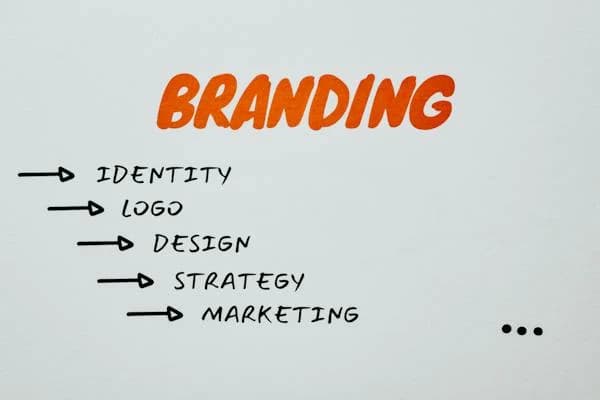Student Recruitment Strategies: Lessons from Casino Marketing

How do you increase enrollment at your school? This is the million-dollar question for higher education institutions worldwide, and there is no easy answer, especially in the current climate.
Recruiting students today is more challenging than ever. The effects of a global pandemic, economic unpredictability, and global instability make any long-term planning difficult. As some schools are forced to move learning online again in the short term, the ability to sell the whole college experience is again under threat.
Surprisingly, you can borrow some strategies from casino marketing. With the right strategy, you can better understand, communicate, and gain new perspectives to help your school grow its enrollment. These approaches can even help you improve your school’s reputation and retention efforts, leading to increased brand awareness and loyalty.
Increase discoverability
Because competition among educational institutions is fierce, discoverability is incredibly important. Discoverability refers to how easy (or difficult) it is for your audience to find you online.
Imagine that you are one of your potential students looking for a college. How easy would it be to find you online? Try doing a few searches on different search engines, look for reviews on educational sites, and look on social media for colleges like yours. You can know how well you are being discovered by noting how often your school appears and how high it ranks in search results.
We recommend using marketing and SEO tools to understand better where things stand.
In addition to using tools, you can increase your school’s online visibility in several ways:
- Create different landing pages for each of your most essential amenities. Use keywords related to these amenities, high-quality images, relevant captions, and catchy headlines.
- Use search engine advertising correctly. Check local regulations regarding the significant areas of study you want to target and your offerings.
- Create social media profiles for the topics that most interest your audience. Participate in discussions about science, learning trends, local news, and other events happening in the community.
- Optimise your content for keywords related to your offers, location, and latest events, not just your college. Focus on what makes you stand out so future students can find you.
Use beacons and other proximity marketing tactics to increase guest interest if they are in the area. This and different location-based marketing strategies will help you target customers in the real world, not online.
Create positive feedback loops
Feedback loops are defined as points in time when the output of an action is returned to the beginning of a sequence as input. So, for example, when a child does something funny and receives laughter or applause from his parents, he is more likely to repeat the same thing as before to get the same reaction.
Positive feedback increases the likelihood that an action will be repeated.
Try to offer your future students an experience at your college that will make them want to return and continue their studies at your institution.
You can use feedback loops in your school’s marketing in a variety of ways:
- Encourage referrals and feedback immediately after a positive experience, such as an exciting and educational college tour, demonstration of laboratories, gyms, cafeterias, campus, etc.
- Respond to positive reviews, social media posts, and reviews by offering more opportunities in the future.
- Respond to customer complaints and negative feedback with genuine concern. Apologise where appropriate and do your best to “make things right” for the student.
- Use social proof. People always trust each other more than you. They will rely on word-of-mouth recommendations from friends or reviews from strangers online. Potential students are much more likely to listen to each other than to you.
To build trust in your school, you need help. Social proof means that people will copy the actions of others they know or like. You can use this in many ways when marketing your school:
- Post positive reviews on school websites and social media pages.
- Record video testimonials from current students who are satisfied with the training.
- Encourage students to share their experiences on social media and tag your college.
- Check and respond to reviews and feedback online.
- Post photos and videos of the best students or those students who have made progress in their studies.
There are many ways to use social proof creatively. Consider your audience’s motivations and where they go for information, and you should know where to start.
Stay up to date with trends
The education industry is experiencing a period of rapid evolution and change, and colleges must understand and embrace the latest trends in technology to remain competitive.
As you create your school’s marketing strategy and begin testing campaigns, here are a few trends to keep in mind:
- Technology trends in teaching and learning: gamification, blockchain, artificial intelligence, and more.
Increasing technological capabilities mean that a variety of media and learning support tools are available to help students receive high-quality education online.
- Soft skills training: entrepreneurship, public speaking, and leadership skills
To prepare students for future careers, schools must provide training to help students develop these soft skills.
- Decreased attention span: the nano learning trend
Content must have great visuals and dialogue and an exciting storyline that will keep the attention of Millennials and Gen Z. These segments care more about the narrative and visual nature of the content that interests them.
- Promoting learning instead of teaching
The best teachers will be those who will help students take responsibility for their learning.
- A trend towards lifelong learning
This allows colleges to grow as they create new programs and adult learning opportunities to help their graduates succeed in the changing professional landscape.

Conclusion
As technology changes society, it has significantly impacted how people earn money and prepare for their professional careers. Institutions that learn to stay on top of these changes will be poised for growth and success. Consider how these trends could impact education and what they mean for the future development of higher education institutions.



